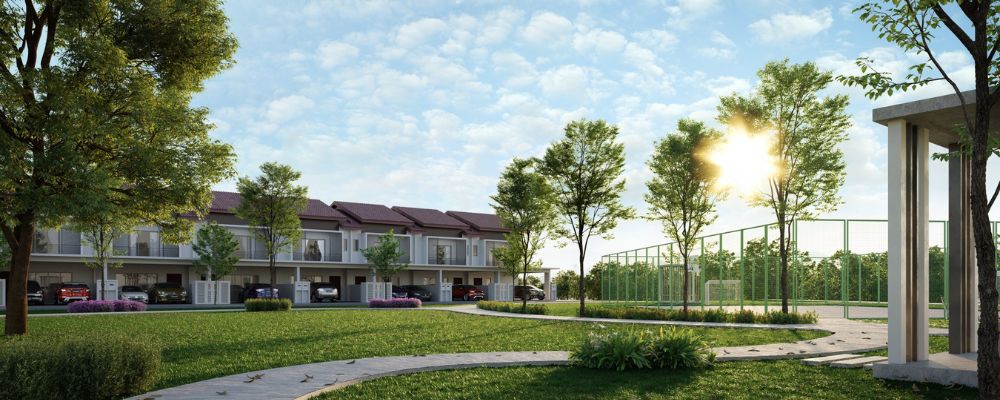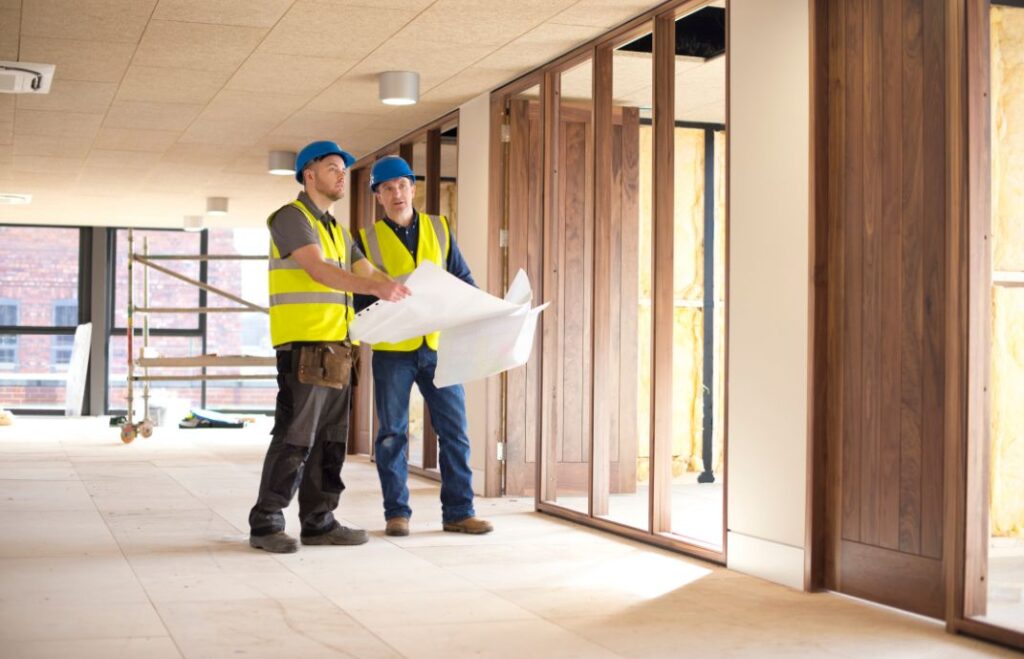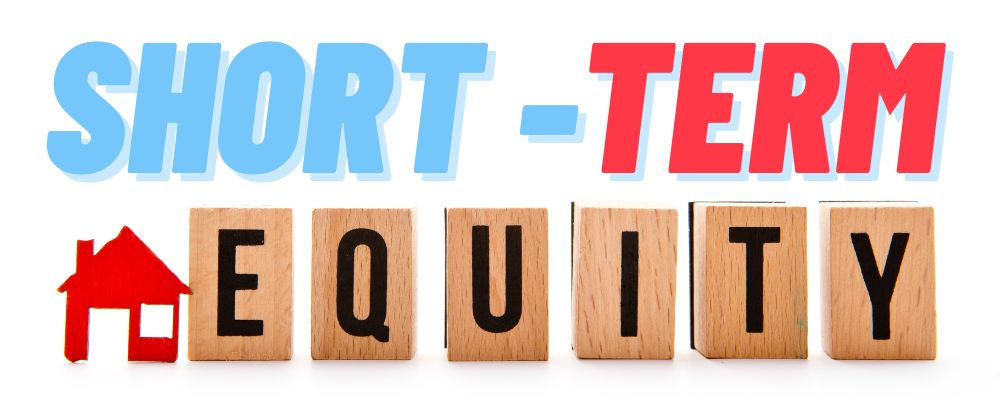
By Tod Snodgrass
The U.S. industrial sector saw a lot of growth during the COVID-19 pandemic, starting in 2020. The growth was driven, in the main, by a surge in warehousing demand, which was fueled by e-commerce. Fast forward to now, stakeholders seeking new avenues for growth are shifting their focus more to the manufacturing sector as a potential source of new demand.
Commercial Real Estate Investors (CREs), as well as commercial real estate brokers/realtors, commercial lenders, etc. are seeing an increase in this vital area of the US economy.
article continues after advertisement
Recent data shows that U.S. manufacturers are increasingly moving production and operations closer to U.S. consumer markets. Across the industrial sector, onshoring and reshoring have grown quite a bit, post-pandemic, as companies adapt their warehousing and manufacturing strategies. The motivation is to reduce or eliminate supply chain vulnerabilities that were exposed by the COVID pandemic. Doing so should help to create a more resilient, and long-term industrial manufacturing process. At the same time, onshoring can help build added resilience into supply chains, reducing our dependence on foreign sources and mitigating geopolitical risks. Ongoing research by the Reshoring Institute indicates the U.S. lost five million manufacturing jobs between 2000 and 2014, much of it to China, in search of cost savings.
At first, the expense-reduction approach drove higher profitability, however pandemic-related supply disruptions underscored limitations to that approach, leaving many companies exposed. Not all industries and/or companies will return to U.S. shores, many will split their manufacturing between different geographic locations. After all, lower-cost goods can still be found overseas, but the current shift to U.S. onshoring signifies a gradual, strategic transition that appears to be gathering momentum over time.
Factoid: With its current momentum, onshoring will increase the size of the current U.S. manufacturing base by more than 10% over the next decade (adding roughly 500 million square feet), according to a report from Commercial Real Estate Development Association.
A. Impact on Industrial Real Estate

1. New or refurbished facilities. With the predicted explosive growth in AI-related technologies over the next decade, look for more advanced factories which can support high-tech production. This will require either building new structures which will appeal to advanced manufacturing owners/tenants and/or modernizing currently outdated facilities.
2. Increased demand for logistics. While the demand for manufacturing facilities is expected to be significant, the ancillary demand for distribution and logistics support that comes with all those new American factories, should positively impact the US economy as well.
3. New industrial hubs could see a return of the “factory town”. Older and/or large cities are not where most of the new facilities will be found in the future, according to the latest research. “Legacy” cities such as Chicago, New York, Detroit and among others, are not favored due to high taxes, excessive regulations, poor municipal services, outdated transportation infrastructure, high crime, lack of available modern factories, etc.
4. Downstream beneficiaries. As a result, many if not most brand-new factories will be found in rural and secondary markets. Shortly thereafter, vendors, suppliers and logistics facilities can be expected to spring up in those same rural/secondary areas to support the new facilities. All these factors taken together will see many new job opportunities come to the fore, thereby fueling growth in the respective local economies due to the “downstream” effects of all the new factory growth.
Factoid: According to the National Association of Manufacturers, for every $1.00 earned in direct labor income in the manufacturing sector, $3.99 in total labor income earned is added to the overall U.S. economy. Put another way, for every one worker in manufacturing, 4.8 workers are added in the overall U.S. economy. These figures represent one of the largest sectoral multipliers in the economy.
B. Increased demand for housing

The onshoring trend is not only increasing the demand for industrial space, but also positively impacting multifamily real estate where manufacturing is returning. For example, the construction of a new (or refurbishment of an old) factory typically creates a need for more multifamily rental housing, 1-4 housing as well as office space and light industrial properties.
CRE investors and real estate service professionals would be wise to keep a close eye on which states and local markets will benefit most from the coming boom that will eventually result from all these positive onshoring trends.
1. New construction. Onshoring means new workers. This creates an obvious need for new housing, i.e. multifamily to accommodate the growing population of needed workers in those manufacturing hubs.
2. Supplier businesses (to the newly “onshored” companies). Onshoring almost always attracts vendors, suppliers and other businesses that support manufacturing. This in turn can lead to the development of more real estate space, including single family residences for managers and executives of those onshoring companies.
3. Onshoring
a. Increases the demand for and development of more logistics locations, distribution facilities and data centers.
b. Can lead to improvements in infrastructure, such as updating the grid to support the utility needs (power, water, gas, sewage, roads) of those new factories, development of new shopping centers, strip malls, small industrial parks.
article continues after advertisement
C. Summary
While the Commercial Real Estate sector no doubt faces challenges due to economic and political uncertainties, pockets of demand/supply imbalances, and a potentially higher interest rate environment, the growing onshoring trend represents substantial opportunities for those who seize the moment. The assumption of course is that all these new factories will be competitive with already-in-place, overseas production facilities. The good news is that several U.S. regional markets are now showing that certain strategic U.S. government policies, as well as local (state, county, city) incentives and corporate initiatives are stimulating economic growth as well as job creation and viable real estate development. Those successful markets signal a potentially robust future for CRE investments, rents and values.
References: Forbes, U.S. Dept. of Commerce, National Association of Manufacturers, U.S. Labor Dept., Reshoring Institute, Commercial Real Estate Development Association
Tod Snodgrass
Creative Transaction Funding LLC
[email protected]










